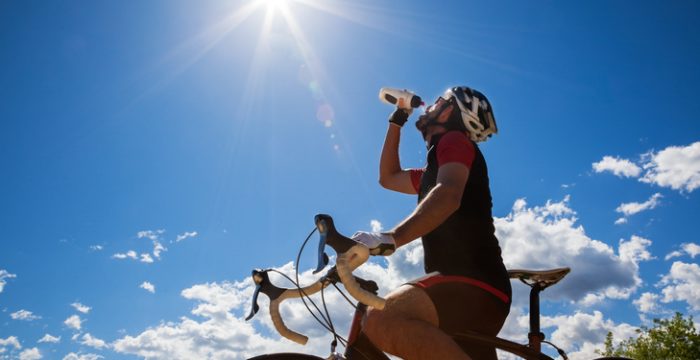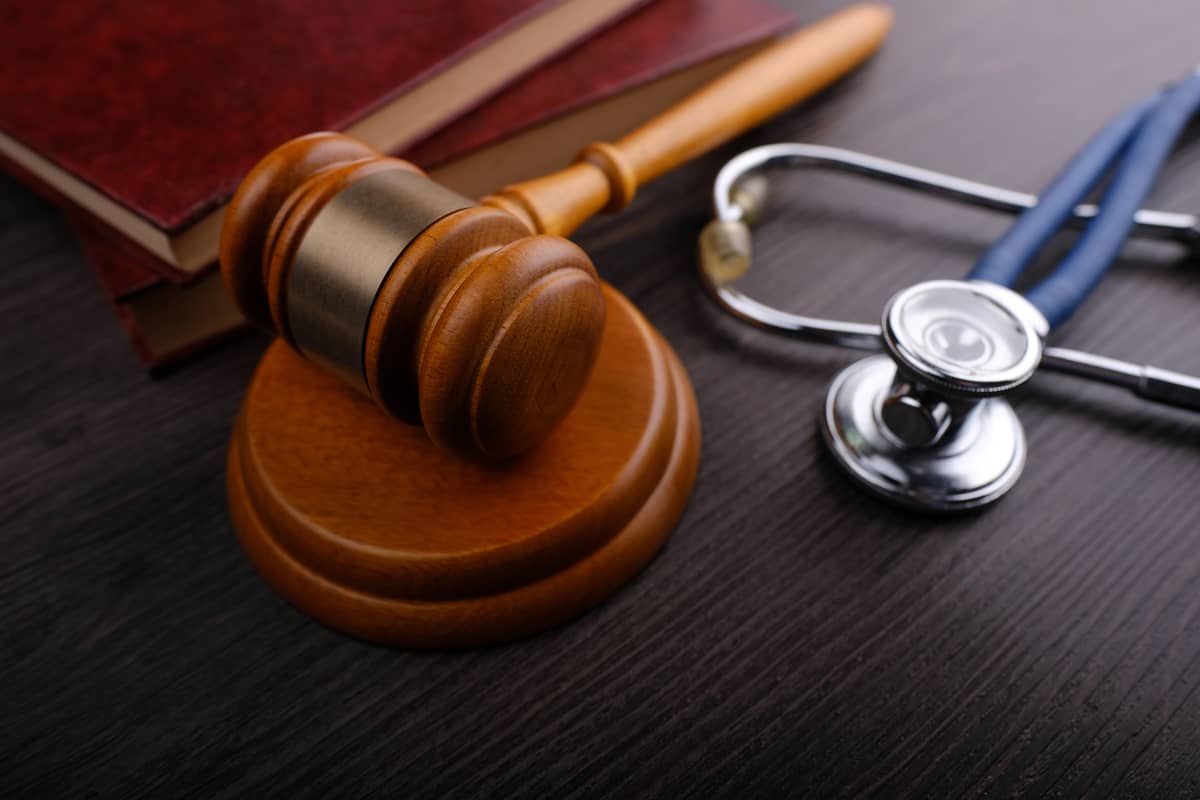
If You Have Sustained Serious Injuries in a Bicycle Collision
Arizona’s clear skies and warm weather create an ideal climate for cyclists to enjoy riding their bikes all year long. But due to the increasing number of cyclists on our roadways who are commuting and riding for pleasure, cycling accidents are becoming more common in metropolitan Phoenix and across the State of Arizona. If you are a bike rider and have been severely injured in a collision due to another party’s negligence, the attorneys at Burg Simpson can help to get you the compensation you deserve.
Bike Crash Statistics
According to the National Highway Traffic Safety Administration (NHTSA), in 2018, 1,857 bicyclists lost their lives in motor vehicle crashes in states across the U.S. This was an increase of more than 6 percent from the previous year.
According to the Arizona Department of Transportation (ADOT), there were 1,279 bicycle accidents and 1,182 injuries from bicycle collisions in 2018. ADOT also reports that 93 percent of bicycle collisions occurred in urban areas like Phoenix.
If You Have Been Injured in a Bike Crash
Most personal injury claims involving cyclists are negligence claims. For a personal injury plaintiff to prove that the defendant driver was negligent, the injured plaintiff must prove that the defendant breached their duty to operate their vehicle with a reasonable degree of care.
Determining Who is at Fault
Of course, not all collisions involving cyclists are caused by drivers. Cyclists can also be found negligent for causing a crash.
When determining who was at fault in a personal injury case involving a bike crash, Arizona is a pure comparative fault state. This means the amount of damages an injured cyclist can recover will be reduced by the percentage of the cyclist’s degree of fault. This may include comparative fault for not wearing a helmet.
For example: If the cyclist is riding her bike without proper lighting at night and is hit by a distracted driver, this is when it is important to determine fault. If the case goes to trial, the jury must determine the cyclist’s degree of fault. If the jury decides that the cyclist was 25 percent at fault for not having installed the proper lighting on her bike, and the driver was 75 percent at fault for being distracted, then according to Arizona’s comparative fault rule, the cyclist could only recover 75 percent of the total damages.
Ride Safely to Avoid a Bike Collision
Bicyclist injuries are often severe. Some of the most common injuries suffered by cyclists in collisions are:
- Back and neck injuries
- Broken bones
- Head trauma
- Lacerations
10 Tips for Bicycle Safety
- Protect your head by wearing a helmet. A properly fitted helmet can prevent a traumatic brain injury (TBI). A TBI is the primary cause of death and disabling injuries in cycling collisions.
- Make sure that you are riding a bike that is the right size. If your bike is too big, it will be more difficult to control.
- Ride defensively. When riding a bike, it is important to be aware and to be on the lookout for hazards on the roadway.
- Follow the rules of the road and obey traffic lights and road signs. To stay safe, it is important for cyclists to adhere to the same rules of the road that apply to motorists.
- Be visible and wear brightly colored clothing. Also, make sure that your bike is equipped with a white light on the front and reflectors on the back.
- Be prepared to share the road with other vehicles and be aware of their presence and their proximity to you.
- Be focused and alert on the road. Practice defensive driving—the quicker you notice a potential conflict, the quicker you can act to avoid a crash.
- Let other vehicles know of your intentions. Make sure you are signaling your turns to alert those around you of your intentions. Cyclists signal turns by extending the left arm outward to indicate a left turn and extending the right arm outward to indicate a right turn.
- Don’t wear headphones while you ride.
- Maintain your bike and keep your equipment up-to-date and in good working condition. Make sure you do not have a loose bike chain, tire damage, or unresponsive brakes that could make an accident more likely.
What to do following a bicycle crash
- Seek immediate medical treatment
- Call the police
- Obtain driver and witness contact information
- Take a photograph of the driver’s license and insurance information
- Document evidence at the scene
- Keep track of your medical expenses
- Document your damages.
- Call an experienced personal injury lawyer
Call Burg Simpson for a Free Consultation
A bike accident is a traumatic event. If you have been injured on your bike in a collision with a negligent driver, it is crucial to be properly represented by an experienced personal injury attorney. Your lawyer can file a claim for damages that will include your medical bills, pain and suffering, and lost wages. Allow Burg Simpson to handle the details of your personal injury claim so that you can focus on your healing and your recovery.
Burg Simpson can help – call us today at (602) 777-7000.





